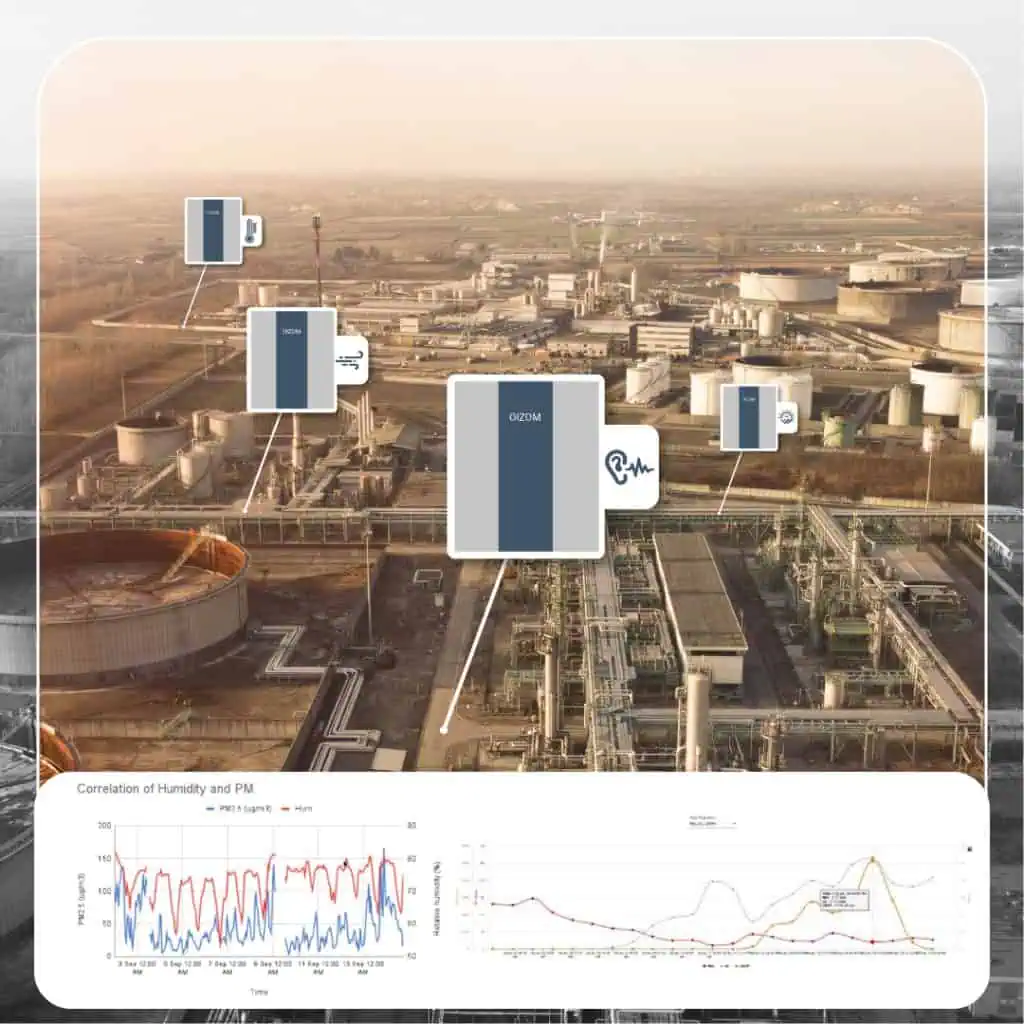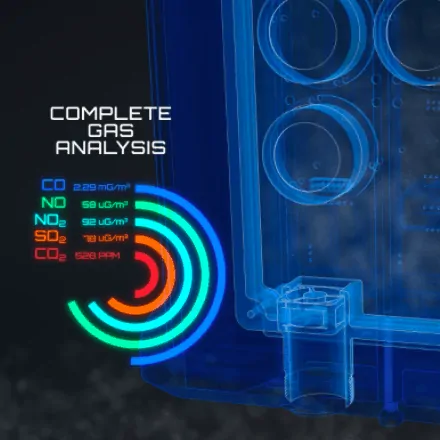Air Quality Analysis Using Secondary Parameters

Air Quality Analysis Using Secondary Parameters
Written By : Bhumik Nayak & Ayyan Karmakar
Published On March, 2022
Download Whitepaper
Air Quality monitoring has become crucial to discovering underlying principles or patterns that might give insights into the severity of the problem. It helps assess the impacts caused by poor air quality and ensures that it meets air quality standards. Air Quality data represent concentrations of air pollutants in the ambient air. The concentration is affected by various physical, chemical, and topographical features of the region, which are of keen importance when interpreting air quality data.
The ambient air quality levels are affected by various external factors such as noise, light/UV, humidity, temperature, etc. Hence, monitoring such secondary parameters along with air pollutant concentrations and determining the correlation between them makes interpreting the air quality data retrieved from the monitoring stations easier. This white paper will give us insight into:
The importance of understanding some of the most fundamental secondary parameters that have a direct or indirect relationship with the primary air pollutants and how their influence at the spatial and temporal scale can bring crucial insights to air quality data analysis.
This white paper explains the significance of monitoring secondary parameters alongside essential air pollutants. It emphasizes that factors like noise, light/UV, humidity, and temperature can significantly influence air quality.
The paper illustrates this point with a specific example: traffic noise and its correlation with air pollutants. It highlights a study in which a rise in noise pollution in a high-traffic area coincided with increased air pollutants like CO, NOx, SOx, and PM. This indicates that traffic noise can potentially serve as an indicator of worsening air quality in such areas. Likewise, sunlight and high temperatures can induce chemical reactions among primary pollutants, resulting in the formation of ozone.
- The paper introduces Oizom’s air quality monitoring system to empower users to monitor primary and secondary air pollutants. It elaborates on how the Envizom software facilitates data analysis, enabling users to identify trends and gain valuable insights. Users can better understand air quality variations by comprehending the intricate relationships between primary and secondary parameters.




